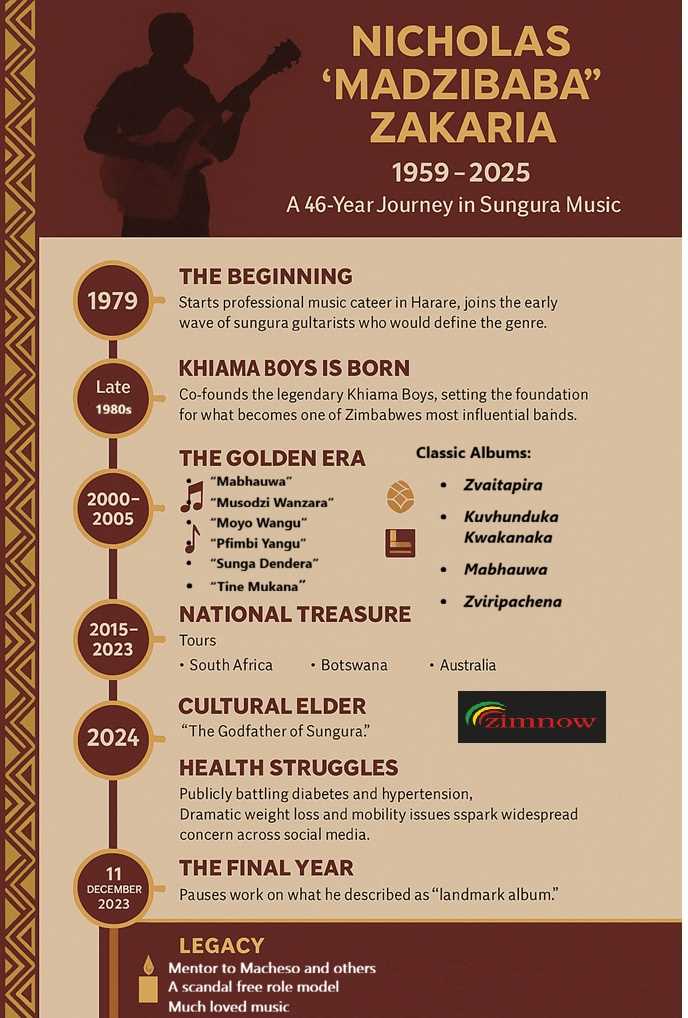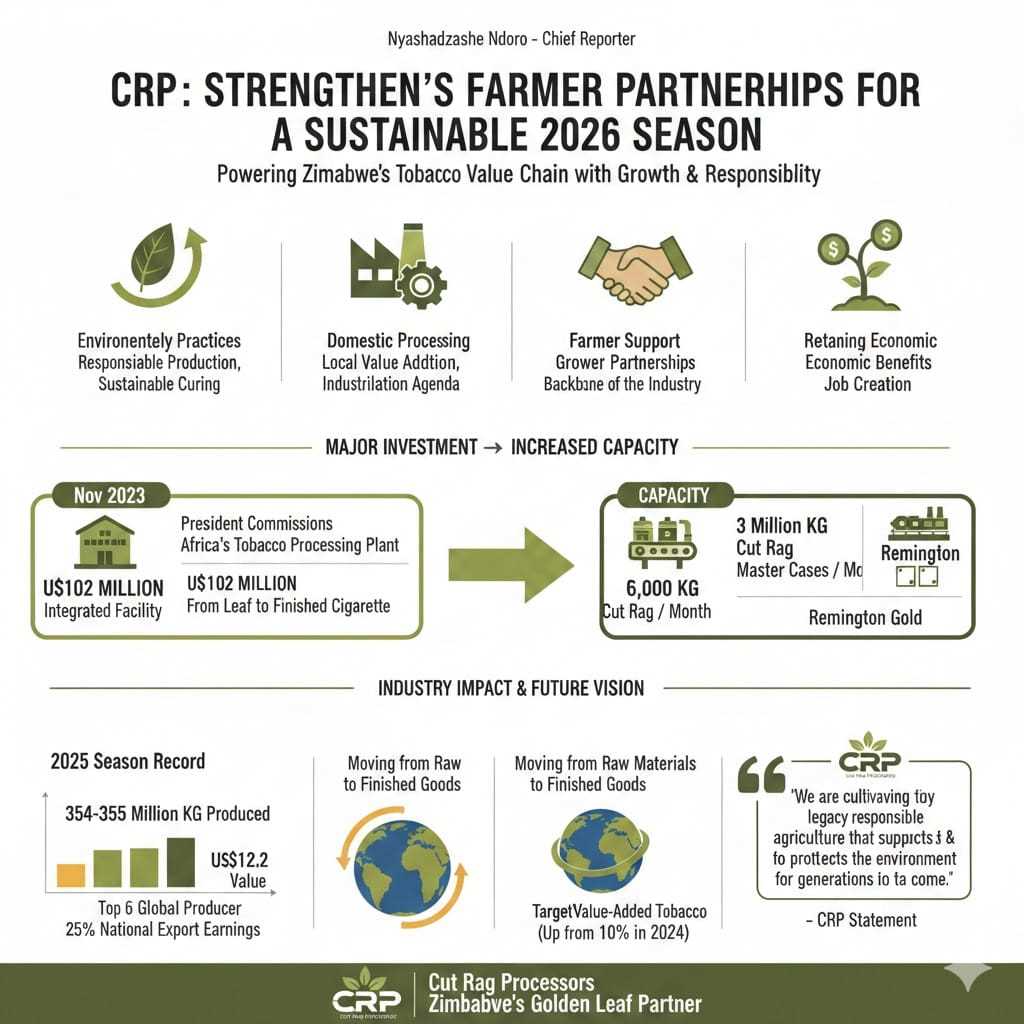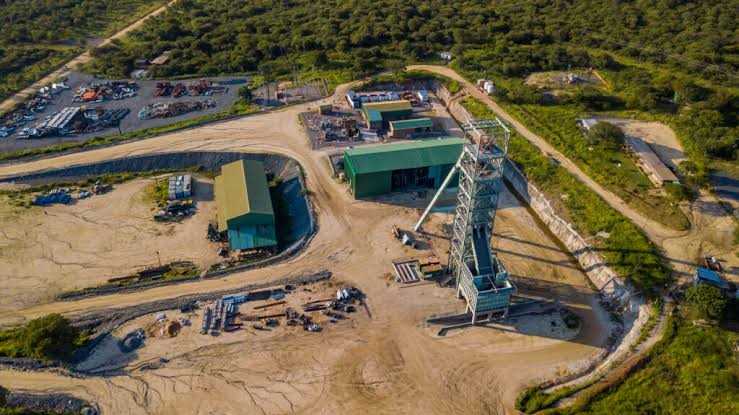
Oscar J Jeke
Zim Now Reporter
The third quarter of 2024 has marked a significant turning point in the global mining sector, particularly for copper and lithium, which have faced notable production declines. In contrast, gold and other minerals have experienced substantial growth, reflecting a complex interplay of market dynamics and production challenges.
Copper production has seen a steep decline in Q3 2024, with an output index of 166.8, representing a 14.8 percent year-on-year decrease from the previous year and a 19.8 percent drop from the second quarter of 2024. The production fell from 4 162 metric tons in Q3 2023 to 3 547 metric tons this quarter. According to the Zimbabwe National Statistics Agency, several factors contributed to this downturn, “the decline in copper production is primarily attributed to supply chain disruptions and rising operational costs"
Additionally, stricter environmental regulations are forcing companies to rethink their production strategies.
Related Stories
Lithium, essential for battery production and electric vehicles, also faced significant challenges in Q3 2024. Despite a year-on-year increase in the production index to 2,184.1, this figure masks a stark 61 percent quarter-on-quarter decline, dropping from 884,860 metric tons in Q2 2024 to just 345,892 metric tons. The report indicates, "Market saturation following rapid expansion has led to overproduction," which has significantly affected pricing and output levels.
Furthermore, fluctuations in consumer demand for electric vehicles have created uncertainty in the lithium market.
In sharp contrast to copper and lithium, gold production has surged dramatically. The output index for gold reached 156.3, marking a 32.3 percent increase from Q2 2024 and a 22.7 percent rise year-on-year. This growth can be attributed to increased investment as investors flock to gold as a safe haven amid economic uncertainty. The ongoing geopolitical tensions and inflationary pressures are driving investors back to gold, highlighting its role as a reliable store of value during turbulent times.
Other minerals like coal and diamonds also reported significant increases in their output indices. Coal reached an index of 410.5, up by 26.3 percent year-on-year, while diamonds showed an output index of 267.5, reflecting a 20.3 percent increase. The Zimbabwe National Statistics Agency noted, "The robust demand for coal in energy production and diamonds in luxury markets has contributed to these increases"
The contrasting trends observed in the mining sector during Q3 2024 highlight the volatility of mineral markets, which has seen copper and lithium struggle with declining production due to various economic pressures and market dynamics, while gold and other minerals thrive amidst increased demand and investment interest.



















Leave Comments